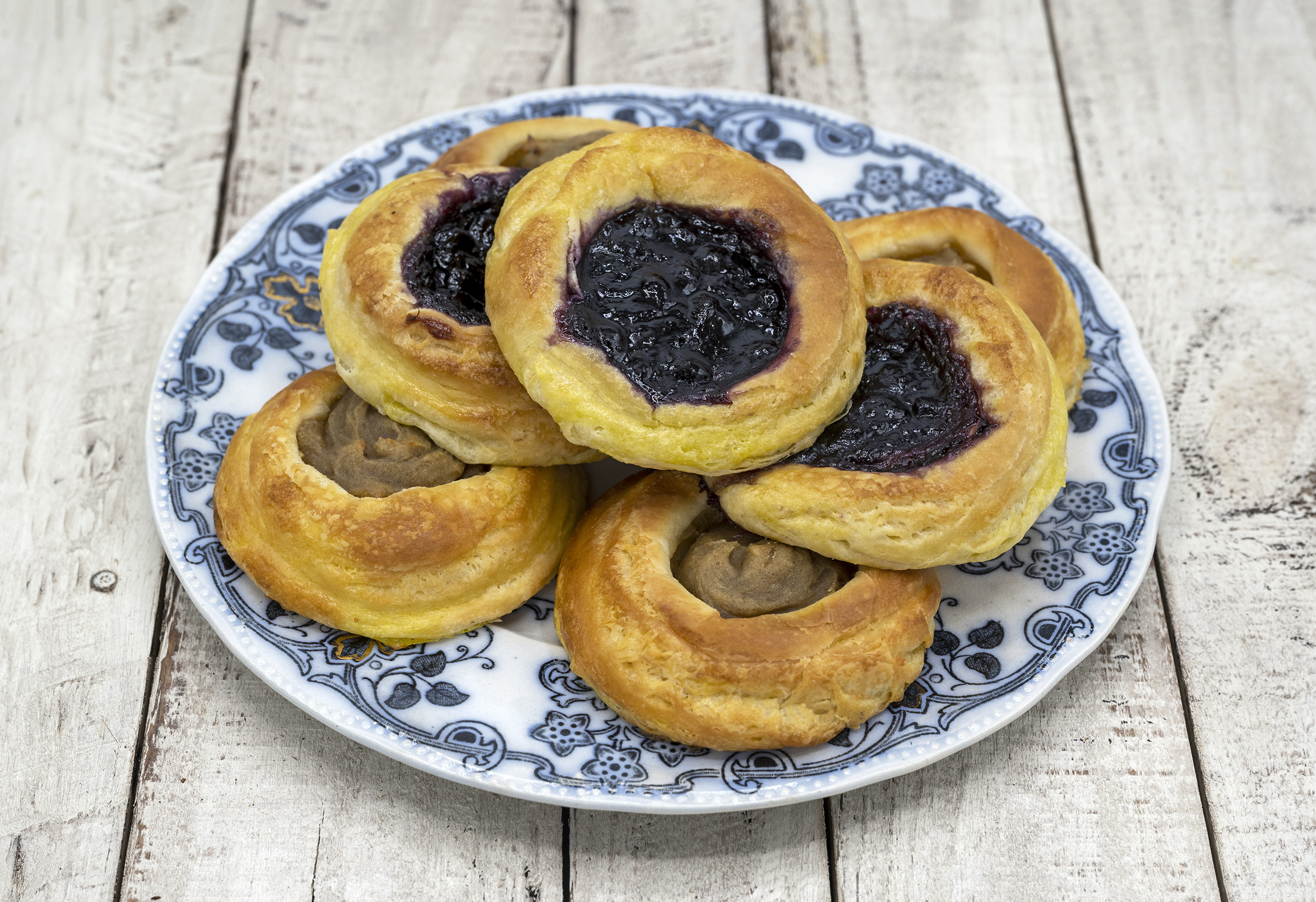The Origin of Kolacky: A Journey Through Time and Tradition
Kolacky, a delightful pastry known for its rich history and delicious flavors, has been a favorite treat for generations. This article delves into the origins of kolacky, exploring its cultural roots, variations, and enduring popularity. Whether you're a food enthusiast or simply curious about this tasty pastry, join us on a journey through the fascinating history of kolacky.
What is Kolacky?
Kolacky (also spelled kolache, kolach, or koláÄky) are small, sweet pastries filled with a variety of fillings such as fruit preserves, cheese, or poppy seeds. Originating in Central Europe, these treats are particularly popular in countries like the Czech Republic, Slovakia, Poland, and Hungary. Kolacky are often served during special occasions, holidays, and family gatherings, symbolizing warmth and hospitality.

origin of kolacky
The Czech Roots of Kolacky
The word "kolacky" comes from the Czech word "kola," meaning "wheel" or "round." This name reflects the pastry's traditional round shape. Kolacky have deep roots in Czech culture, where they are known as "koláÄky" (plural) or "koláÄ" (singular). In the Czech Republic, kolacky are not only a beloved dessert but also a significant part of cultural heritage, often associated with celebrations such as weddings, Christmas, and Easter.
Regional Variations
While kolacky originated in Central Europe, they have spread to various regions, each adding its unique twist to the recipe. Here are a few notable variations:
- Poland: Known as "kołaczki" or "kolaczki," the Polish version is often filled with sweet cheese, apricot, or prune filling. These pastries are typically dusted with powdered sugar.
- Hungary: In Hungary, "kifli" or "kifla" are crescent-shaped pastries similar to kolacky. They are filled with fruit preserves or nuts and are a staple during holidays.
- Slovakia: Slovak kolacky are similar to the Czech version, often featuring fillings like poppy seed, walnut, or jam. They are enjoyed during festive occasions and family gatherings.

origin of kolacky
Kolacky in the United States
Kolacky made their way to the United States with Central European immigrants in the 19th and early 20th centuries. Settling in communities across the country, these immigrants brought their culinary traditions with them, introducing kolacky to a new audience. Today, kolacky are especially popular in states with large Czech, Polish, or Slovak populations, such as Texas, Nebraska, and Illinois. In these regions, kolacky are often featured at cultural festivals, bakeries, and local celebrations.
How Kolacky are Made
Making kolacky involves a few key steps:
- Dough Preparation: The dough is typically made from flour, butter, sugar, eggs, and yeast. It is kneaded until smooth and allowed to rise.
- Shaping: Once the dough has risen, it is rolled out and cut into small squares or circles. Each piece is then filled with a dollop of filling.
- Baking: The pastries are baked until golden brown, resulting in a tender, flaky texture. Some recipes call for a finishing touch of powdered sugar or a light glaze.
Conclusion
Kolacky are more than just a sweet treat; they are a symbol of cultural heritage and family tradition. From their origins in Central Europe to their adaptation in the United States, these pastries have delighted taste buds and brought people together for generations. Whether enjoyed during a festive occasion or as a simple dessert, kolacky continue to be a cherished part of many culinary traditions.
Explore the rich history and delicious flavors of kolacky by trying your hand at baking these delightful pastries. With their unique fillings and tender dough, kolacky are sure to become a favorite in your household as well.